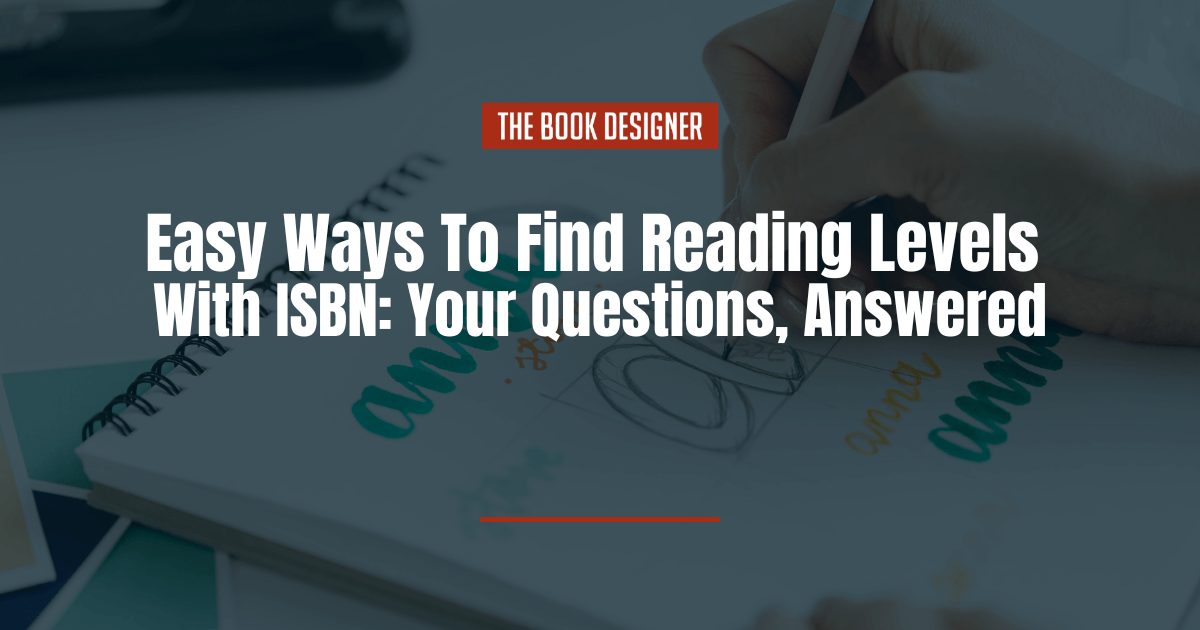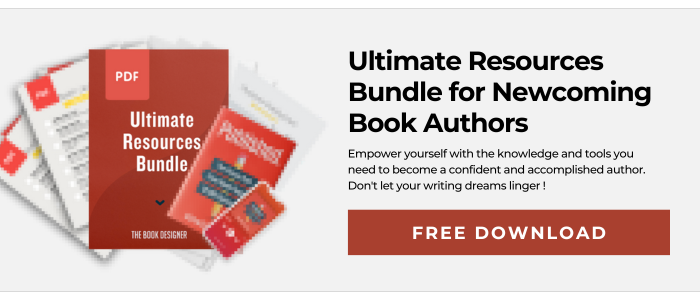With so many genres out there, sometimes it can be difficult to know which book to purchase for yourself or for someone else. While reading slightly above natural reading level can push readers to grow, reading well above your reading level is a different kind of frustration.
Progress is slow, monotonous, and oftentimes, readers close the book feeling like they learned nothing. This is not the way to instill a love for reading. It’s crucial to provide reading material for all ages that correlates with their ability. This is where reading level by ISBN numbers come in.
Ready to dive into reading levels? We’ll start by defining Lexile levels.
In this article about how to find reading level by ISBN, we cover:
What is a Lexile Level?
According to Scholastic, you can use a Lexile level measure in two different ways: To measure how difficult a text is or gauge a student’s reading ability. Lexile levels are one of the most common metrics for discovering where a student’s reading level is.
You may wonder what Lexile measurements have to do with ISBN numbers, and even wonder what ISBN numbers have to do with reading levels. Believe it or not, there is a correlation between all three.
What are ISBN Numbers?
ISBN is an acronym standing for International Standard Book Number. This number is 13 digits long and identifies each book uniquely. The ISBN is a way to identify books’:
- Registrant
- Title
- Edition
- Format
In fact, ISBNs are so important that publishers, bookstores, and libraries, all use them as a crucial tool for orders and tracking sales. This isn’t all you can use an ISBN for. If you want to find out how a book’s particular reading level ranks, you’ll need the ISBN.
How Do They Impact Reading Level?
ISBNs impact reading level in that they are a quick and efficient way to discover the specific Lexile measure of a book. Level It Books is a great example of using ISBNs to locate reading level. They explain that you can find the reading level of a particular book by simply scanning the ISBN number. In just seconds:
- Guided Reading (GR)
- Developmental Reading Assessment
- GradeLevel Equivalent (GLE)
- Lexile Level
You can find Level It Books on the web or download their app (available for Apple and Android devices). ISBNs are incredibly helpful in equipping you with the right books to provide to children and encouraging young readers at the level they are at.
Just by knowing and typing in or scanning your book’s ISBN, you could find the following:
- Marvin K. Mooney Will You Please Go Now!, Dr. Seuss: 100L
- Amelia Bedelia Goes Camping, Peggy Parish: 110L
- One Fish, Two Fish, Red Fish, Blue Fish, Dr. Seuss: 180L
- Sheep Take a Hike, Nancy Shaw: 190L
As you can see, Dr. Seuss varied by 70 between just two books. Discovering a book’s reading level can be a helpful, quick way to make sure your readers enjoy their time with books.
Services to Find Lexile Levels
1. Lexile
Lexile is a great service to find the Lexile levels of a particular book. To find which level your book belongs in, all you will need is one of the following:
- The name of the author
- Book title
- ISBN
Once you locate one of the above, simply use the Quick Search tool. This is a straightforward way to identify a particular book’s reading level before giving it as a gift or using it for your students. For instance, if you’re a teacher and you want your class to read a particular book, use this tool prior to reading through the book yourself.
This type of easy preparation will help ensure you spend your time reading the right books for your class, and not ones that you won’t be able to use.
2. Mount Gilead Public Library (MGPL)
This public library’s website dedicates a page strictly to finding Lexile levels. They provide guidance for users who know their child’s Lexile range.
- Usually choose books within your child’s Lexile range
- Occasionally choose books a level above or below their level
- If you go above Lexile level: You can challenge eager readers and if the book engages them, encourage readers to up their level by self-challenging
- If you go below the Lexile level: This can help children who are either not interested in reading to see that it’s easy, or students who struggle to feel that they can succeed.
Make use of this great library resource as you seek to determine which books will most help the children in your life.
3. Fox Valley Technical College (FVTC)
This website allows you to find the reading level for specific titles, but also offers a Lexile-to-grade correspondence chart. If you know the title of the book you want to search, you can type the title into the Quick Book Search bar.
If you need help, this service also offers a free chat with librarians. Simply use the chat box on the bottom right of your screen to start a new conversation and get the help you need.
4. Bookshare
What if you know the Lexile level of your student or child but need some inspiration in deciding which books to offer them? Bookshare is where you want to spend your time! This website offers a parallel list of both Lexile levels and corresponding titles.
Simply click a Lexile level (for instance, 100L – 190L) and you will discover an entire page of titles within your chosen range. Now your issue may not be finding titles, but choosing which ones are best.
ISBN Numbers and Reading Levels: Now What?
Now that you know the correlation between both ISBN numbers and reading levels, it’s time to put it into practice. Grab one of your favorite books and try one of the services mentioned above. Type or scan the ISBN from the back of your book, and see if the Lexile level matches what you believed it to be.
If you want to take this a step further, grab a book you published yourself or a publishing company published for you, and look up it’s ISBN. Does your target audience match the Lexile measurement?
Last, if you’re up for a challenge, go find the most challenging book you’ve read this year. Maybe it’s fiction, or perhaps it’s a textbook, but scan its ISBN code. What Lexile level do you like reading best? How far did you push yourself in reading this challenging book?
While it can be fun to determine reading levels, and sometimes it’s very appropriate to match readers with their exact level, don’t let the numbers discourage you. Lexile levels are just categories and are meant to provide understanding for different types of readers.
What you can do next time you write a book, is consciously keep the Lexile level of your target audience in mind, write to that level, and see what happens. Who knows, you may bring in more readers than you imagined simply by sticking to a specific level or readers. Best wishes on your next project!




